The US Food and Drug Administration (FDA) may ban artificial red food coloring. In fact, many people in Vietnam have become critically ill because of artificial and natural food coloring.
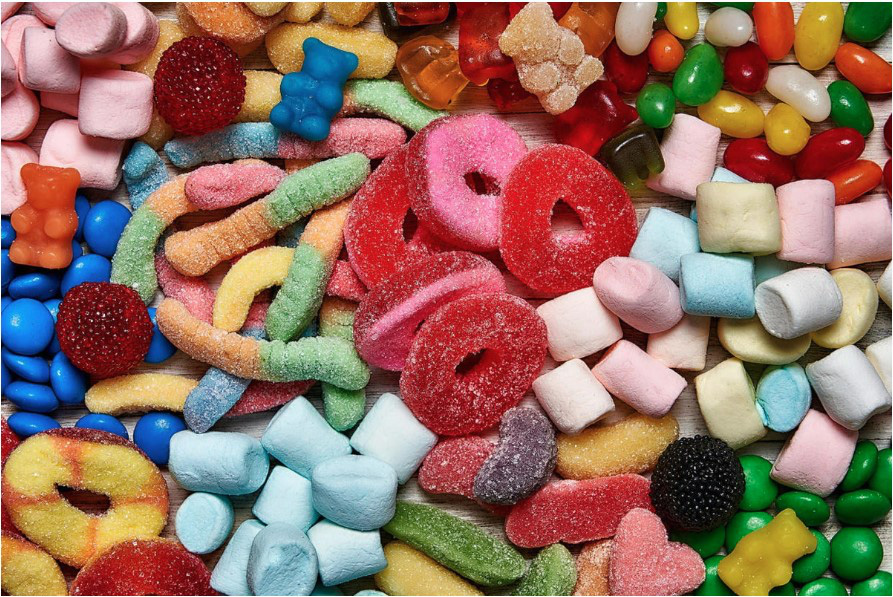
The US Food and Drug Administration (FDA) may ban artificial red food coloring, according to NBC News.
FDA May Ban Artificial Red Food Coloring
According to NBC News , the US Food and Drug Administration (FDA) may move to ban the artificial red food coloring, which is found in drinks, snacks, cereals and candy.
At a recent meeting of the Senate Health, Education , Labor and Pensions Committee, Jim Jones, the FDA's deputy commissioner for food, said it has been more than a decade since the safety of the synthetic color Red No. 40 was re-evaluated.
"With Red 3, we currently have a petition to revoke the authorization for use of this substance, and hopefully in the next few weeks we will act on that petition," he said.
Robert F. Kennedy Jr., President-elect Donald Trump's nominee for health secretary, has claimed that food coloring causes cancer.
There are currently 36 FDA-approved colorants, nine of which are synthetic dyes, including two reds that are currently under scrutiny.
Risks from colorants
In Vietnam, many people have been seriously poisoned by food colorings and have had to be hospitalized. The Poison Control Center of Bach Mai Hospital ( Hanoi ) once admitted a 44-year-old female patient in Hanoi with severe anemia due to hemolysis.
Her second child (12 years old) was also in a similar condition and was transferred to the National Children's Hospital. The cause was that the mother mixed colored powder into fried spring rolls.
Through medical history, it was found that the patient bought 100g of bright red food coloring powder (seller called it mai que lo powder) at the market. The patient mixed more than 50g of powder with ground pork and fried spring rolls. After eating the last meal for 2 days, the patient felt dizzy, lightheaded, had a fever, and had a headache, and was then hospitalized.
Dr. Nguyen Trung Nguyen - Director of the Poison Control Center - said that the 44-year-old female patient was hospitalized in a state of severe anemia, with the lowest hemoglobin being 51g/L (normal 120-170g/L), and other tests showed clear acute hemolysis.
The food coloring powder sample was tested and found to contain acid orange 7 (4-[(2-Hydroxy-1-naphthyl) diazenyl] benzenesulfonic acid). The chemical acid orange 7 is used as an industrial colorant and food additive. At high doses in animals, it can cause hemolysis and methemoglobinemia.
There has been no information in medical literature about poisoning in humans. According to ASEAN standards in 2012 on the content of additives in nutritional supplements, the maximum allowable content of orange 7 acid is 300mg/kg (0.03%).
Bach Mai Hospital's Poison Control Center also received a patient in Hanoi who suffered from acute hemolysis and methemoglobinemia after eating homemade beef stew with red wine sauce powder bought at the market.
The patient's used dye powder sample tested positive for the chemical acid orange 7 at a concentration of 20%.
Dr. Nguyen recommends not using food additives that are industrial chemicals, but only using natural materials from plants that are known to be safe such as gac, tomatoes, turmeric, etc.
However, even natural colorants can be harmful. According to Dr. Nguyen Thanh Do, Department of Intensive Care and Anti-Poisoning, Lang Son General Hospital, in 2023 the hospital also received 2 cases of hemolysis due to eating purple sticky rice.
Accordingly, there were 4 cases in the same family after eating sticky rice colored with plants and grass of unknown origin, 2 patients with severe symptoms were hospitalized for treatment, 2 patients ate a small amount, had mild symptoms and were monitored at home.
The common symptoms of hospitalized patients include yellow eyes, yellow skin, dark red urine, especially in one case, a young male patient, with symptoms of multiple organ failure, rapid respiratory failure, severe decrease in peripheral blood oxygen pressure, diagnosed with hemolysis due to food poisoning - methemoglobin.
Lang Son is a mountainous province in the North, with abundant vegetation, many types of trees and grasses with diverse morphology and properties, including many types of poisonous plants.
Doctors recommend that people should not use plants or herbs of unknown origin or food additives that are artificial chemicals. They should only use natural herbs from plants that are known to be safe for food processing.
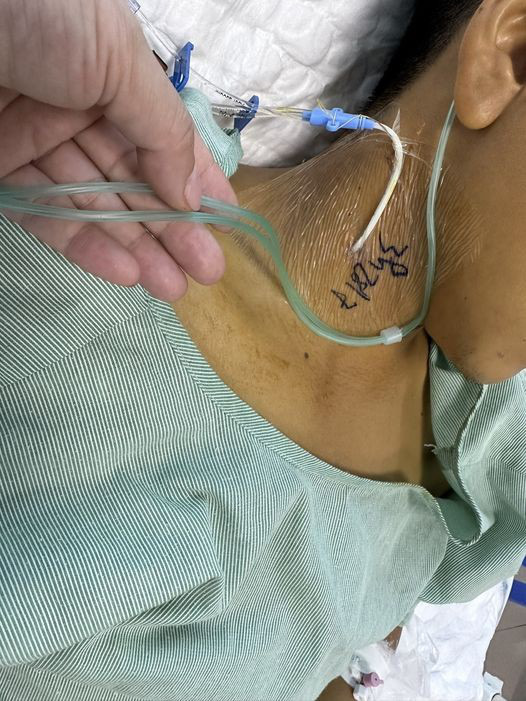
Patient was poisoned and had hemolysis due to eating purple sticky rice - Photo: BVCC
Need to know how to avoid to ensure safety
According to MSc. Nguyen Van Tien - Nutrition Education and Communication Center, National Institute of Nutrition, food coloring is a type of food additive.
There are currently more than 2,300 types of food additives allowed on the market, including food coloring. There are two types: natural food coloring and synthetic food coloring.
Natural dyes are colorants extracted or processed from organic materials (plants, animals) available in nature.
For example, natural β-carotene extracted from yellow and red fruits will give red and orange colors; curcumin extracted from turmeric will give yellow colors, green colors are extracted from some types of leaves...
Natural colorants are safe for health, but their color fastness during processing is worse. If used in large quantities to create clear color, the product cost is high.
Synthetic colors are created by chemical synthesis and are used in industry, large-scale production, and permitted substances can be used as food.
Synthetic dyes are highly durable, only a small amount will give the required color, but can cause poisoning if used in impure types, not allowed to be used in food. Industrial dyes are usually very fresh, not much affected when cooking.
To avoid confusion with industrially dyed foods, we should choose foods with known origins, with colors that are not too eye-catching, or only buy dyed foods with addresses and quality registration numbers printed on the label.
Experts warn that using additives "not allowed to be used in food" in very high doses or small doses but too often and continuously can cause acute and chronic poisoning, tumors, cancer, cell mutations...
Don't choose dishes that are too flashy.
To prevent food poisoning and food-related diseases, people should absolutely not eat food of unknown origin, especially foods with flashy, eye-catching colors.
Source: https://tuoitre.vn/chat-tao-mau-thuc-pham-nguy-co-nhu-the-nao-ma-hoa-ky-co-the-cam-mau-do-nhan-tao-20241211172248423.htm




![[Photo] The ceremonial artillery is ready to "fire" for the second parade rehearsal at My Dinh National Stadium.](https://vstatic.vietnam.vn/vietnam/resource/IMAGE/2025/8/24/883ec3bbdf6d4fba83aee5c950955c7c)

![[Photo] Impressive image of 31 planes taking flight in the sky of Hanoi during their first joint training](https://vstatic.vietnam.vn/vietnam/resource/IMAGE/2025/8/24/2f52b7105aa4469e9bdad9c60008c2a0)


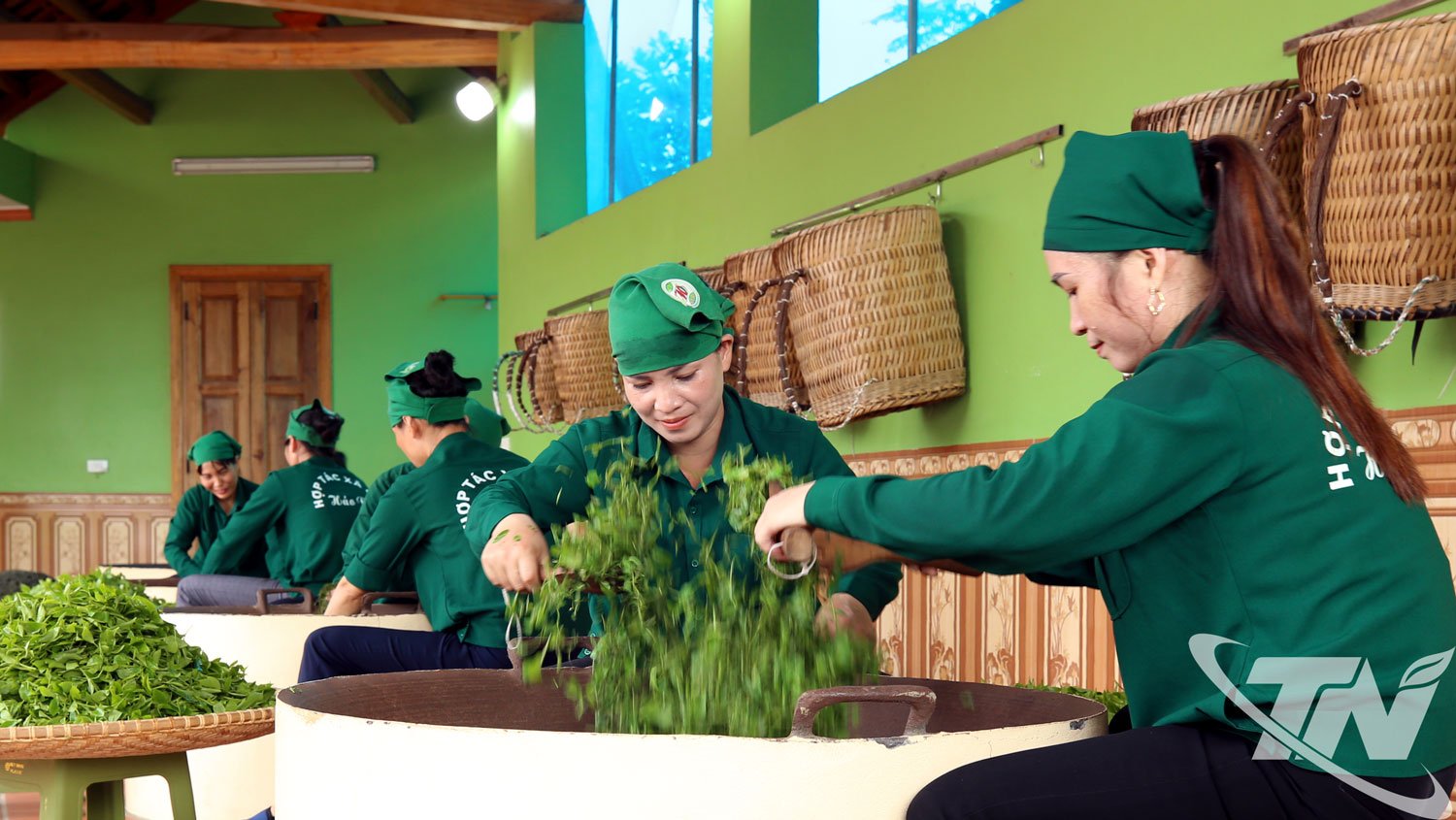

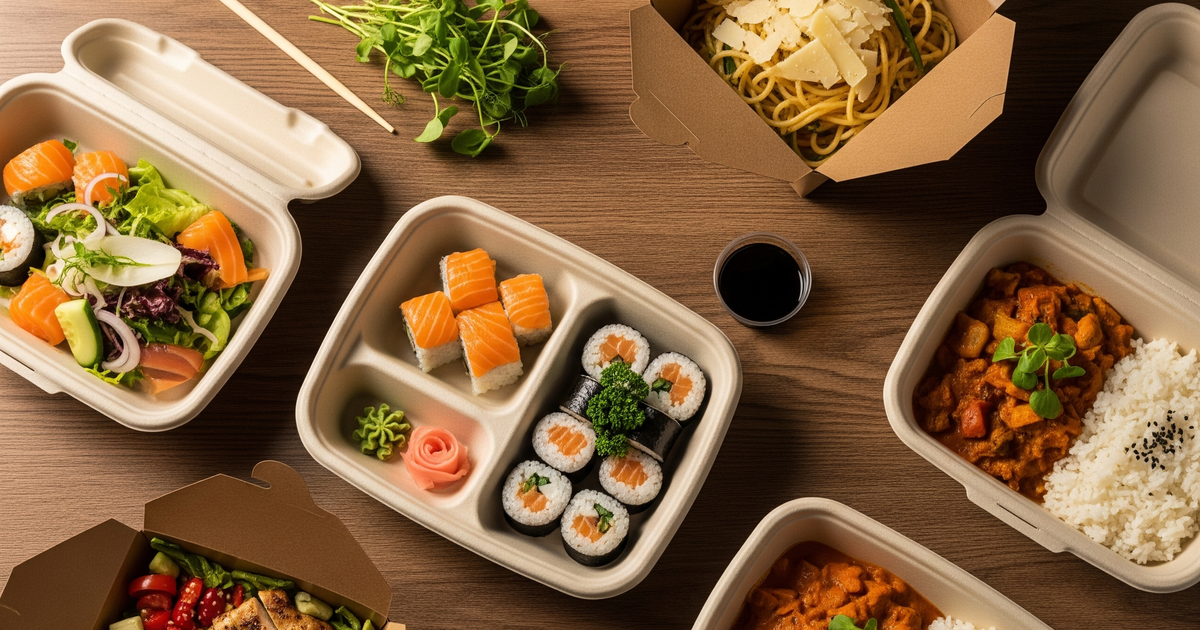

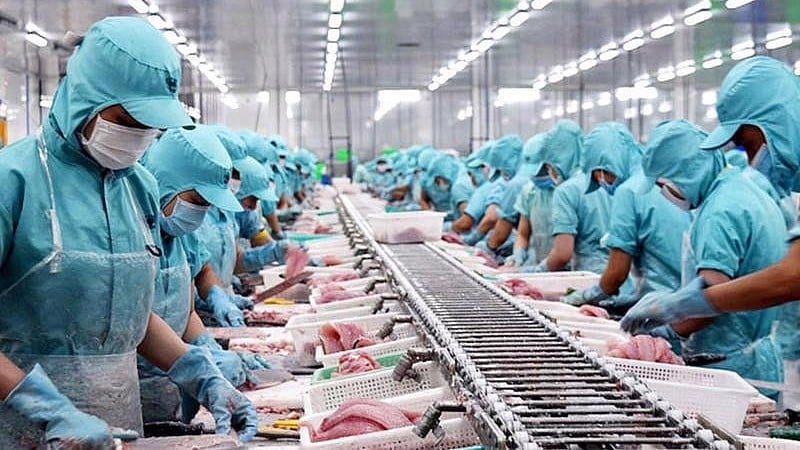




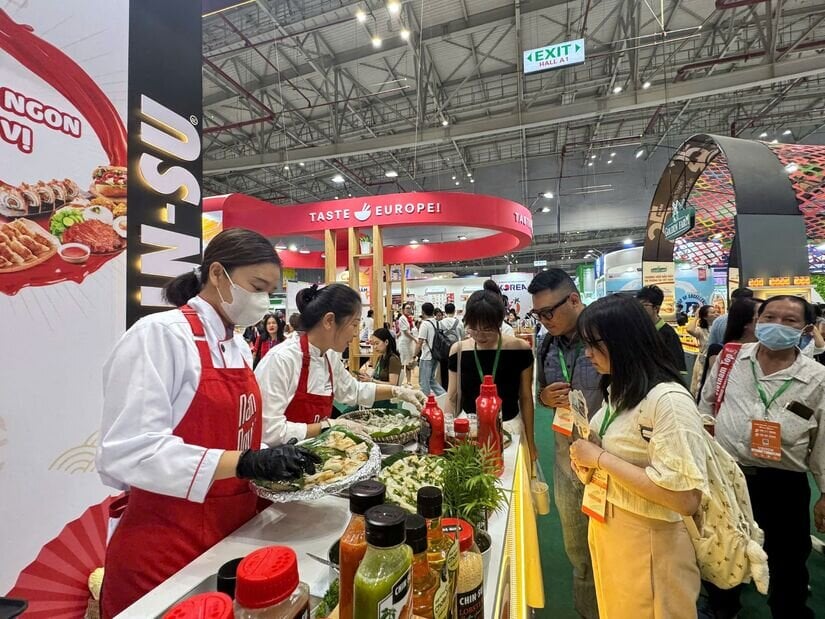


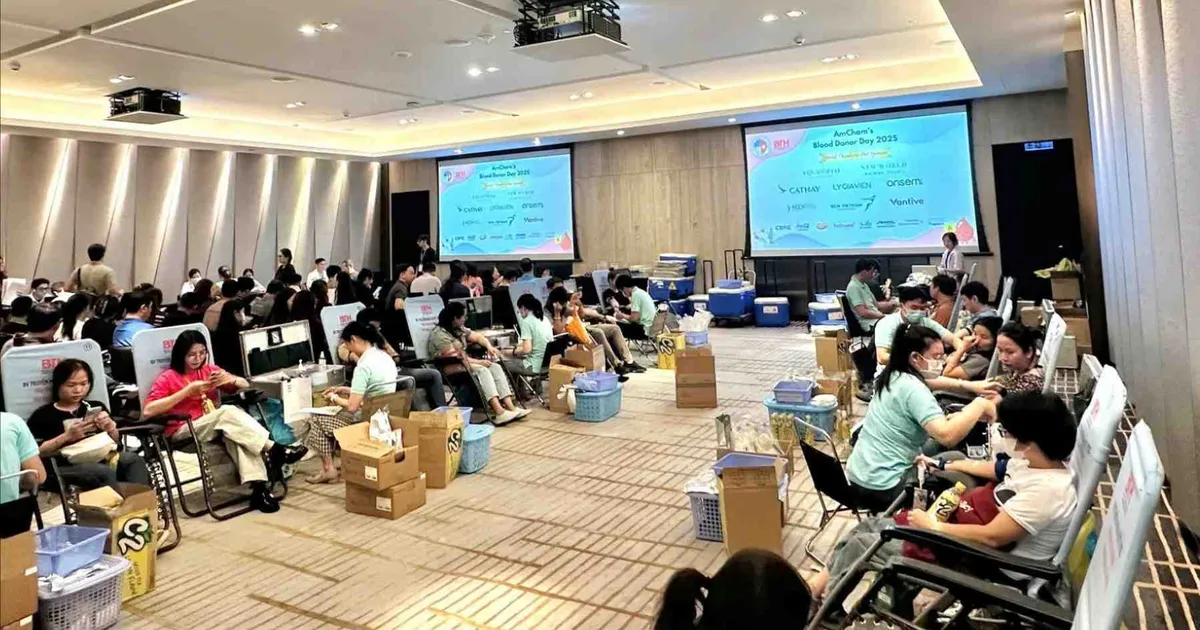
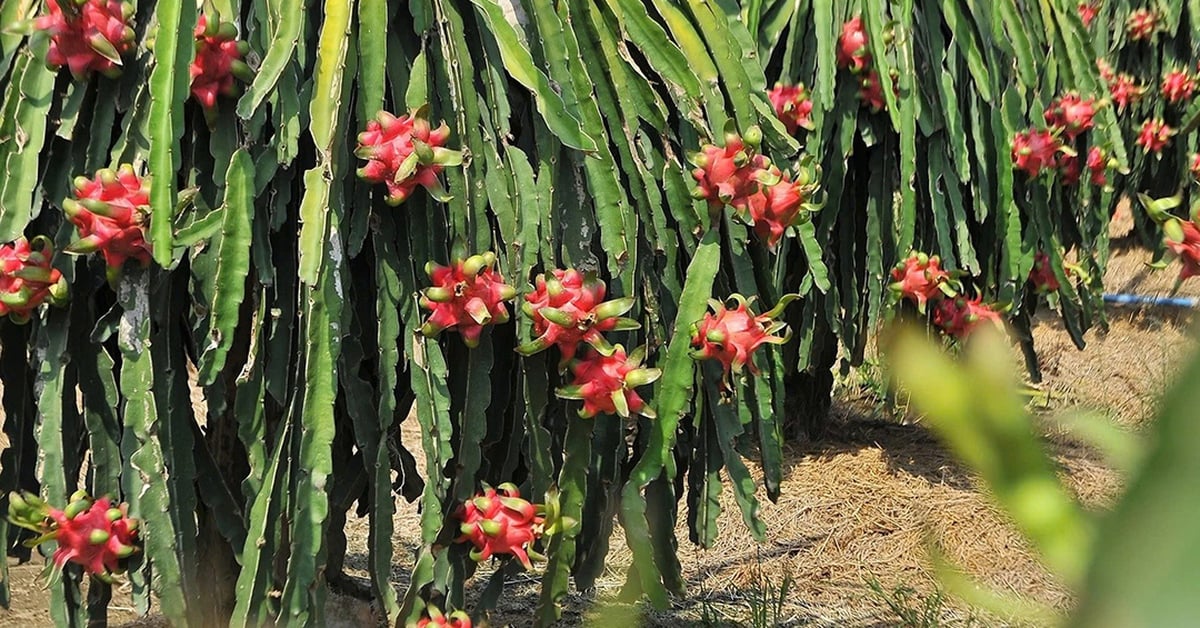
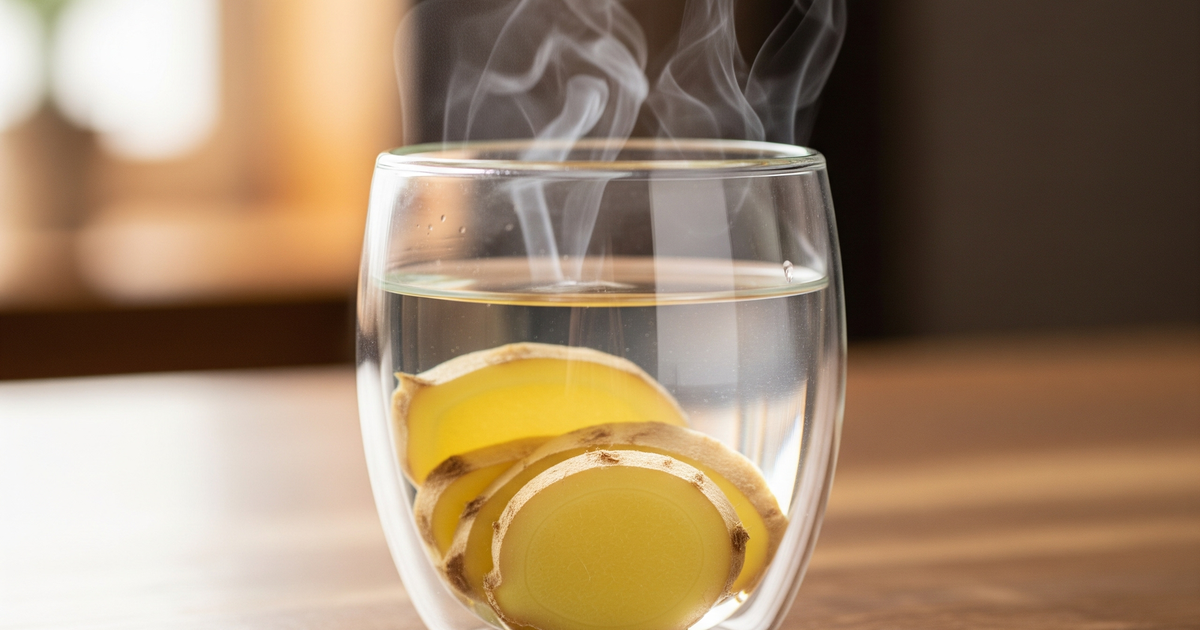
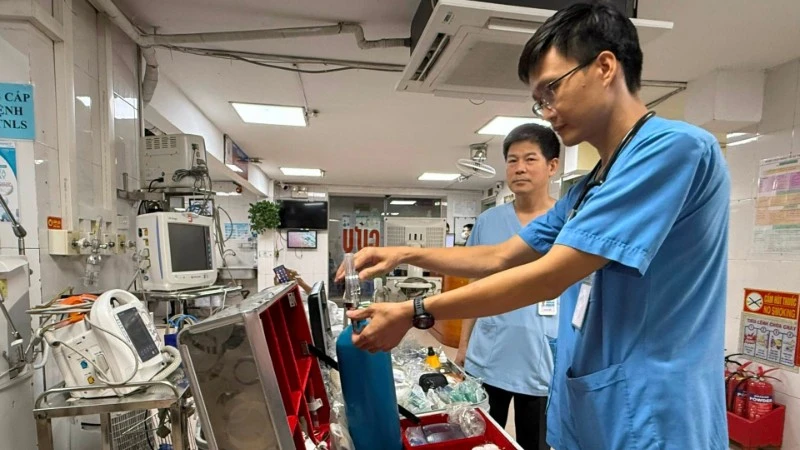









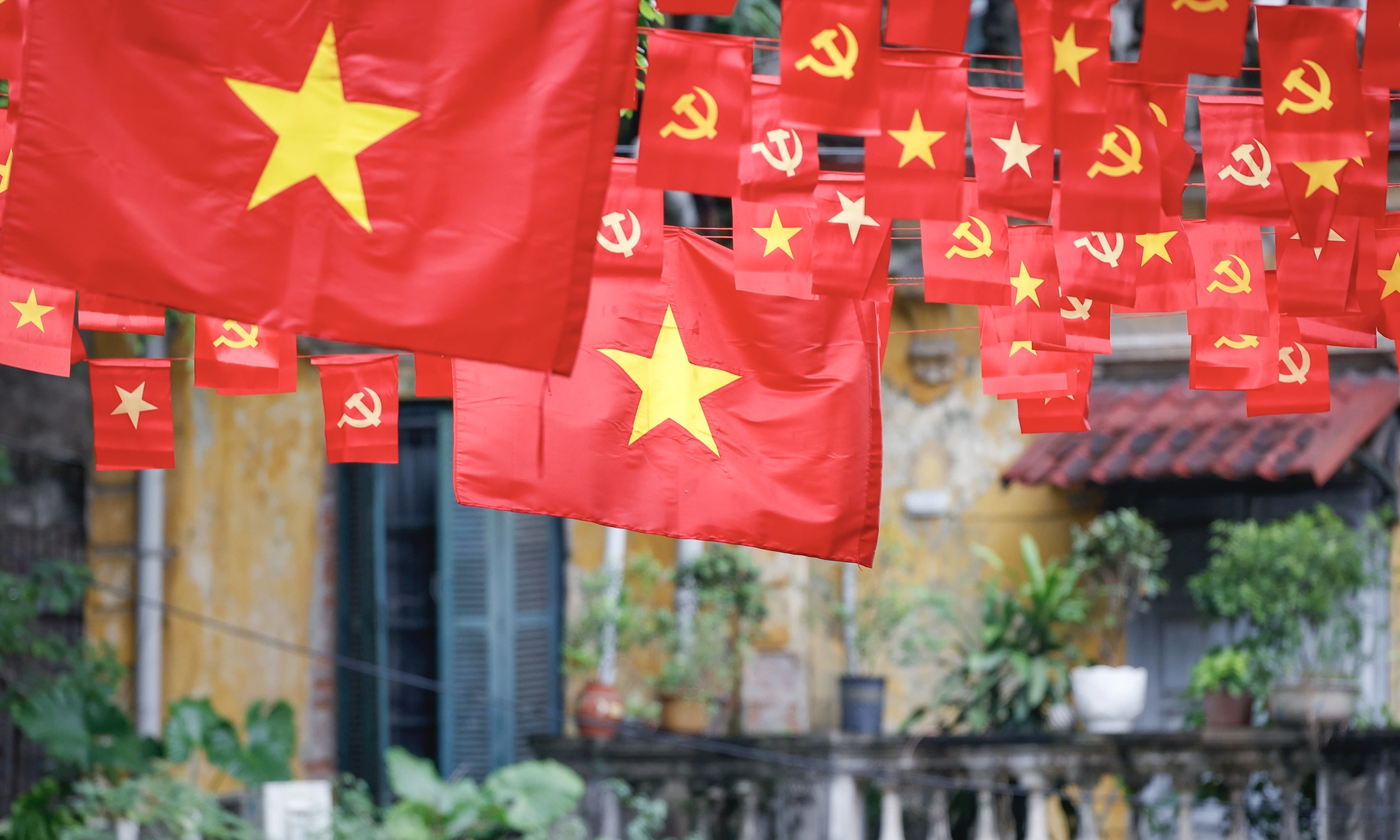





























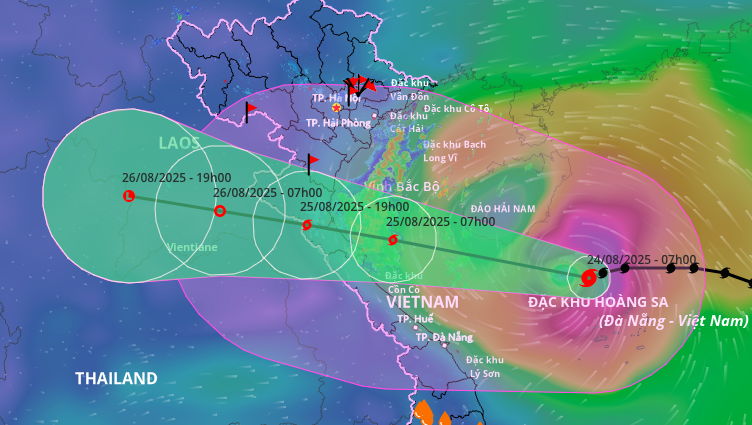















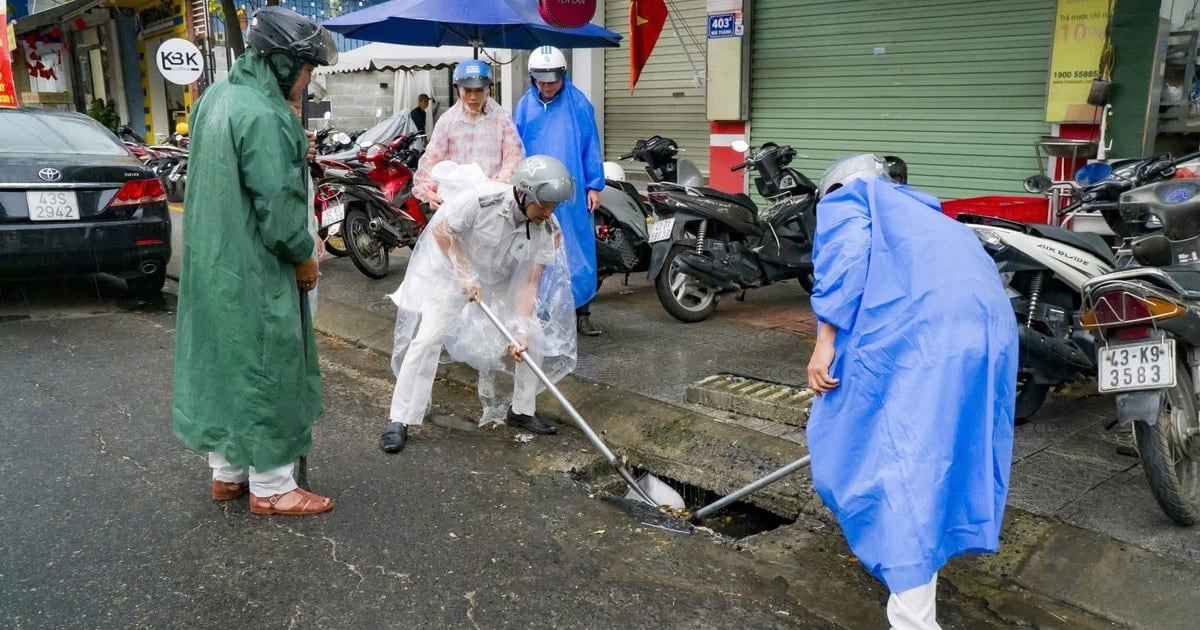

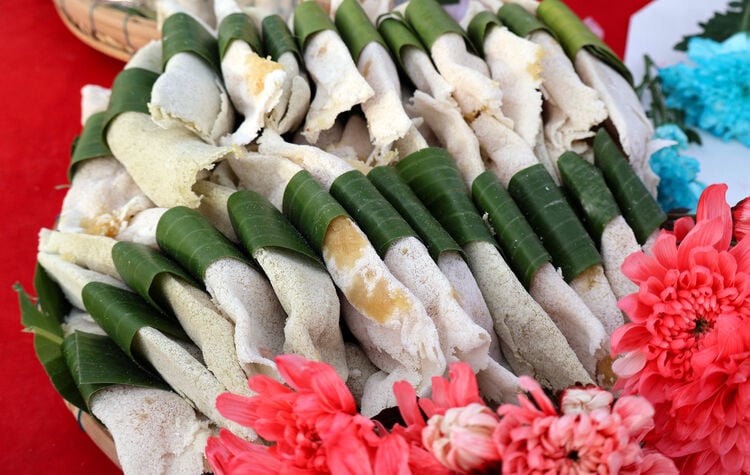

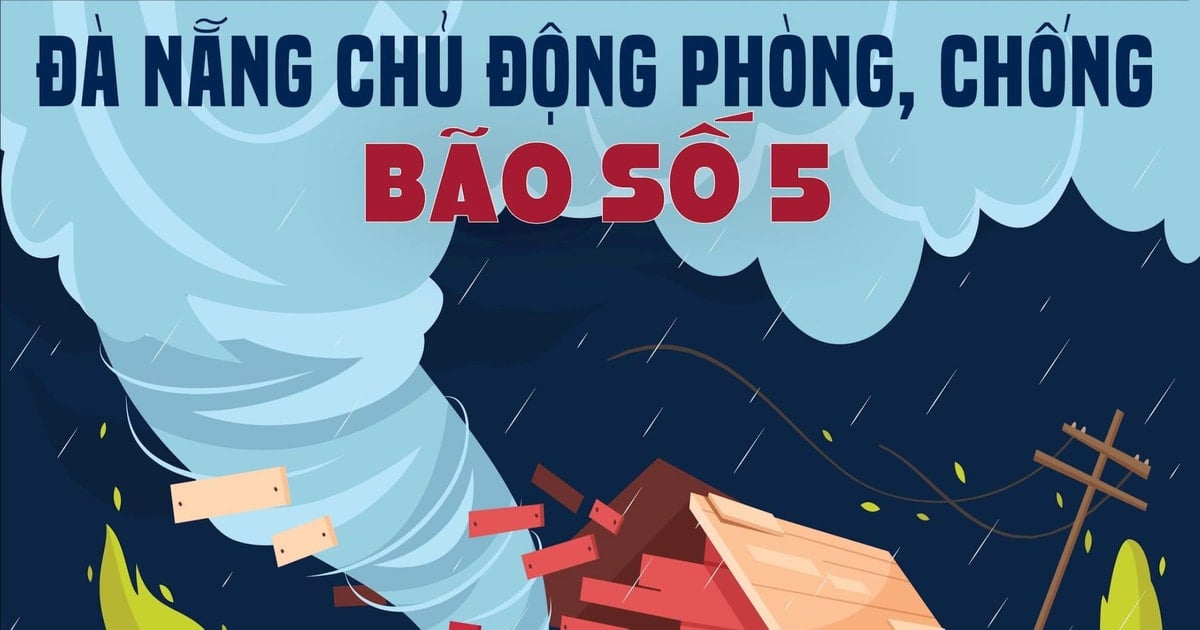
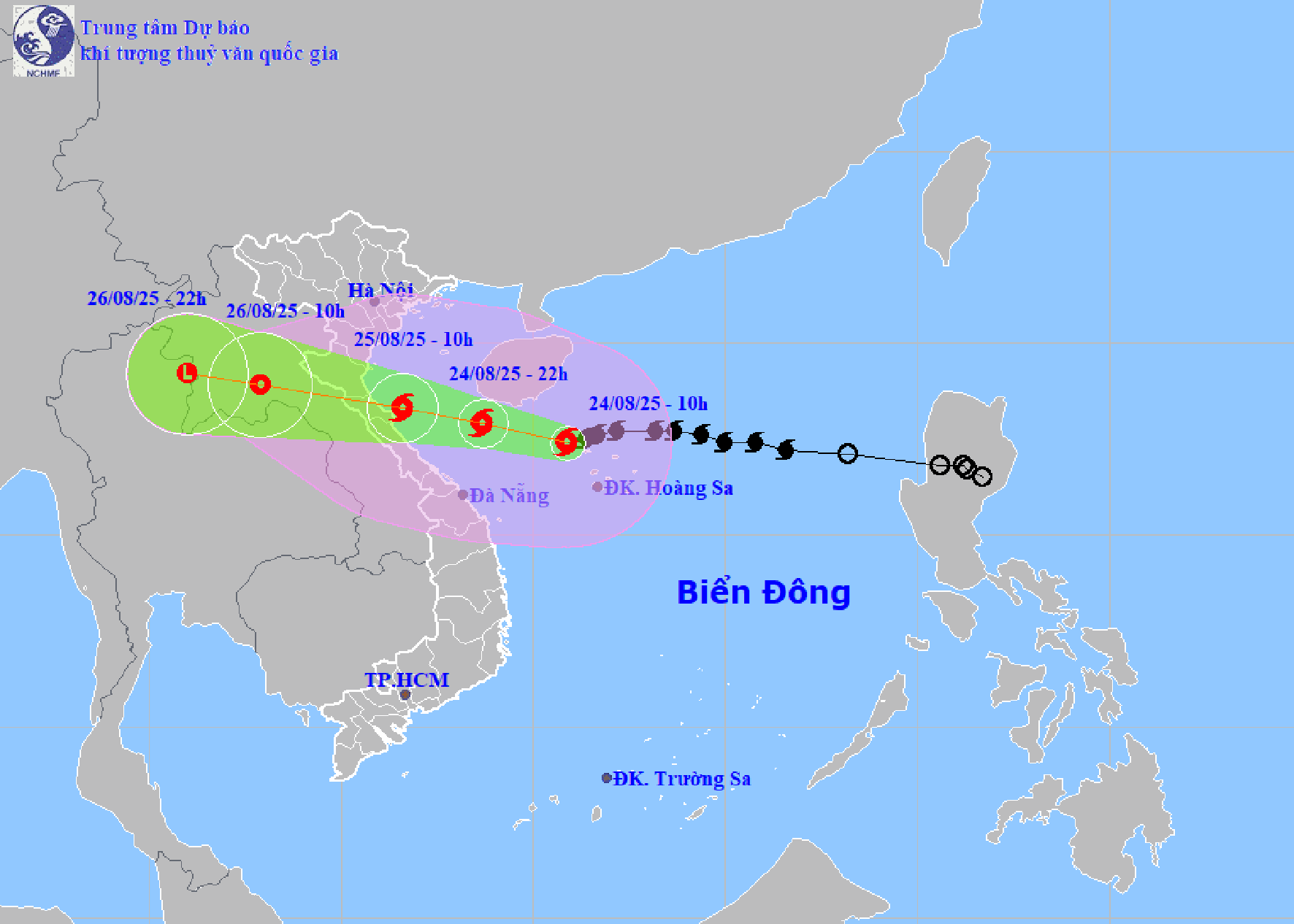




















Comment (0)